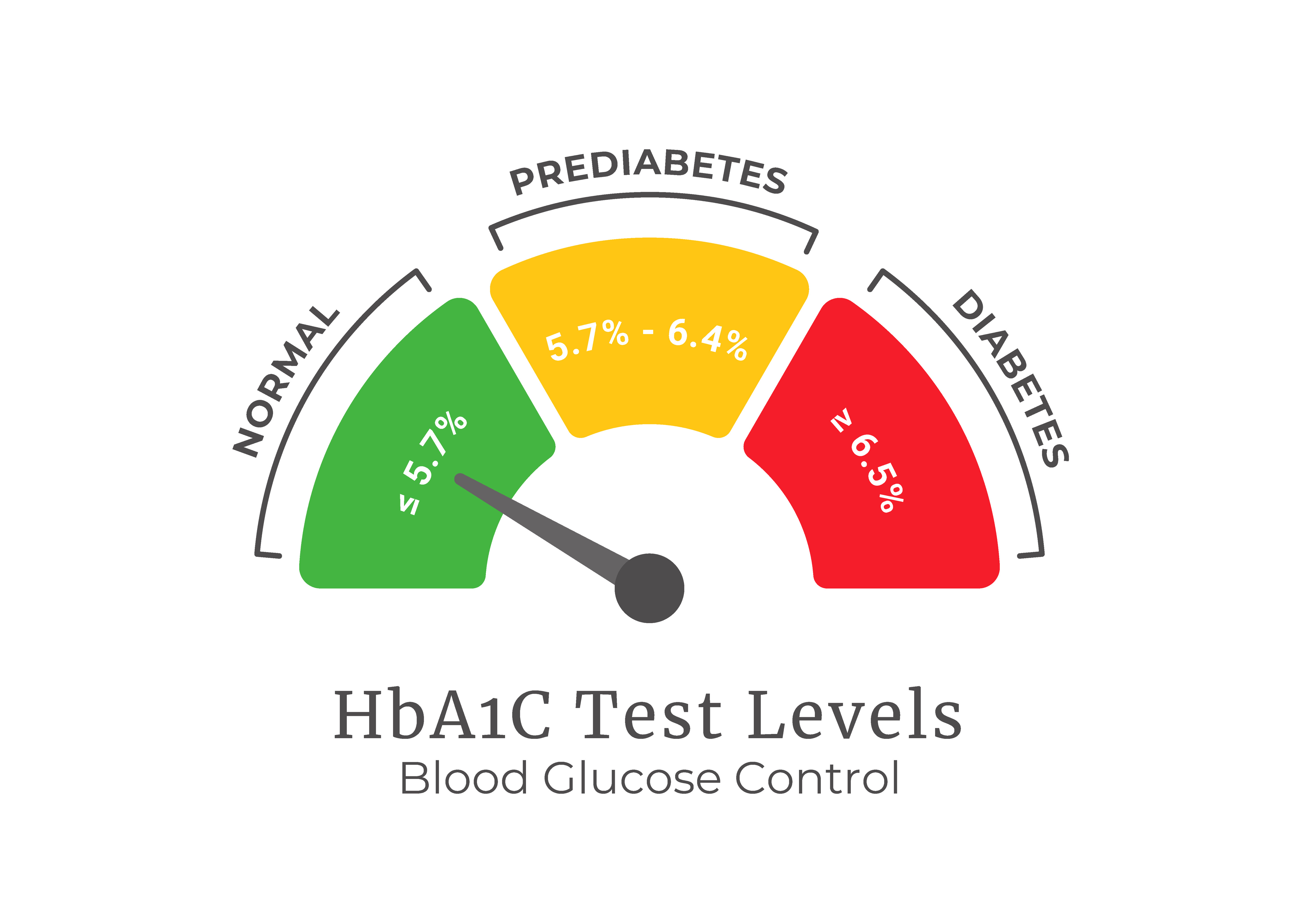- Date Published:
- Category: Blogs, Health Awareness, Kidney & Pancreas
Debunking Myths About Prediabetes

November is Diabetes Awareness Month! To help spread awareness about this growing disease we are publishing a blog each week discussing various topics related to diabetes. For our first blog, we are tackling myths surrounding prediabetes.
Prediabetes is often misunderstood, dismissed, or surrounded by myths that prevent people from taking it seriously. Some believe it’s not a real medical condition, while others think it’s a guaranteed path to type 2 diabetes. In reality, prediabetes is both common and reversible, but only if it’s recognized and addressed early. Understanding what prediabetes truly is, and separating fact from myth, is the first step in preventing more serious health problems down the road.
myth #1: prediabetes isn't a real condition
One of the biggest misconceptions about prediabetes is that it’s not serious because it’s not “full-blown” diabetes. However, prediabetes is a medically recognized condition in which blood sugar levels are higher than normal but not yet high enough to be classified as type 2 diabetes.
It reflects that the body is beginning to lose its ability to use insulin effectively, which is a warning sign of future health problems. If ignored, prediabetes often progresses to type 2 diabetes, heart disease, and other metabolic complications.
According to the Centers for Disease Control and Prevention (CDC), more than one in three American adults have prediabetes, and most don’t even know it.
myth #2: prediabetes always leads to type 2 diabetes
While prediabetes increases the risk of developing type 2 diabetes, it doesn’t make it inevitable. Research shows that lifestyle changes such as maintaining a healthy weight, being physically active, and eating a balanced diet can cut the risk of developing type 2 diabetes by more than 50%.
Even modest changes, like losing 5–7% of body weight or walking 30 minutes a day, can significantly improve insulin sensitivity and lower blood sugar levels.
Prediabetes is, in many ways, a second chance; an opportunity to reverse the damage before it becomes permanent.
myth #3: only overweight people can get prediabetes
False. People with normal body weights, can also be prediabetic. While being overweight, especially with excess weight around the belly, is the largest risk factor for developing prediabetes, it’s not the only one.
Genetics, age, ethnicity, and certain health conditions (like high blood pressure or high cholesterol) also play a role. People of Asian, Hispanic, African American, and Native American descent are at higher risk, even at normal body weights. In people who have normal body weights, but are prediabetic, contributing factors include a sedentary lifestyle and poor dietary habits.
myth #4: if you have prediabetes, you'll know it
Prediabetes usually has no symptoms, which is why it often goes undiagnosed. Some people may notice subtle signs like fatigue, increased thirst, or frequent urination, but most feel completely fine.
The only way to know for sure is through blood tests, such as fasting glucose, HbA1c, or an oral glucose tolerance test. Given that prediabetes is silent, regular screening, especially for those over 45 or with risk factors, is crucial for early detection.
Take this 6-Second Risk Test for Type 2 Diabetes
myth #5: medication is the only solution
Although some people benefit from medications, lifestyle changes remains the most effective way to manage and even reverse prediabetes. Losing weight through changes in your diet and introducing or increasing exercise will be powerful tools. Choosing whole grains, vegetables, lean proteins, and limiting sugary foods helps stabilize blood sugar. Regular exercise, stress management, and quality sleep all contribute to healthier insulin function.
Key takeaways
Prediabetes is not a harmless label! It’s an early warning sign that the body is struggling to regulate blood sugar effectively. But unlike many chronic conditions, prediabetes is reversible.
With awareness, testing, and proactive lifestyle changes, it’s possible not only to prevent type 2 diabetes but to restore long-term metabolic health. Understanding the facts is the key to turning prediabetes into an opportunity for prevention rather than a path toward disease.


